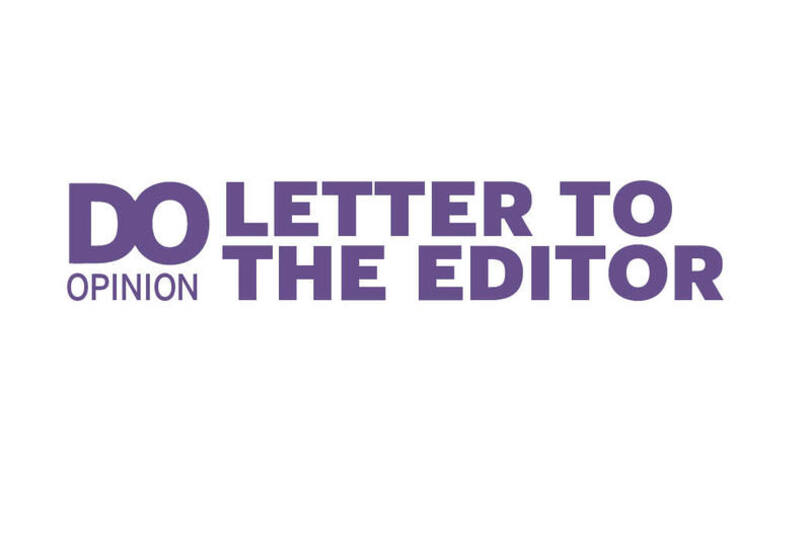SU administrator supports student voices on curriculum changes

Daily Orange File Illustration
Dear editor,
A recent column in The Daily Orange, “Reducing required classes would increase course flexibility,” and article, “Faculty divided over university-wide diversity curriculum,” — both published last week — illustrate the increasing interest in curriculum, but also betray a lack of understanding of the processes of curriculum development.
Columnist George Hashemi asks why students are required to take classes that they don’t particularly want to take. There are many reasons for the breadth of coursework in our undergraduate programs. In professional schools, external accrediting bodies have curricular standards that dictate not only major requirements but also many distributional requirements. Furthermore, New York State requires that all Bachelor of Arts degrees contain at least 75% liberal arts content; Bachelor of Science degrees must contain 50%; all other bachelor’s degrees must contain at least 25%. On top of these statutory requirements lies an American cultural ideal that any truly educated citizen be broadly knowledgeable in the arts, letters, social and natural sciences.
Together, these statutory and aspirational expectations can leave little room for curricular innovation, especially in the professional schools. It is not impossible, however. The S.I. Newhouse School of Public Communication has recently passed a significant revision of its undergraduate curriculum. The School of Education is in the early stages of redesigning its undergraduate curriculum as well.
The second important point to bear in mind is that the curriculum is the exclusive domain of the faculty at Syracuse University. The university administration cannot unilaterally make curricular decisions, nor can it impose them on the faculty. Curricular change is initiated by the faculty in the schools and colleges. Initiatives passed at the school/college level then proceed to the University Senate for approval. New programs and major changes then go to the New York State Department of Education for final approval.
The decentralized, faculty-driven nature of curriculum development at the university means that any university-wide curricular initiative, such as the proposed “extensive liberal arts core” highlighted in Asst. News Editor’s Chris Hippensteel’s article, needs to be initiated in separate actions in each of the schools and colleges. Broad adoption of new ideas requires buy-in across campus by faculty from all the schools and colleges, and that is as it should be. But our decentralized process also offers a way forward. Successfully piloting an innovative curriculum in one or two colleges can serve as a testbed for future implementation by other academic units.
The administration is committed to ensuring that investments in new initiatives, both inside and outside the classroom, promote diversity, inclusion, equity, and accessibility on our campus. We appreciate the thoughtful conversations initiated by students, faculty, and staff who are offering their ideas, time, and energy to ensure that our students become globally engaged and responsible citizens.
Sincerely,
Chris E. Johnson
Associate Provost for Academic Affairs
Syracuse University




